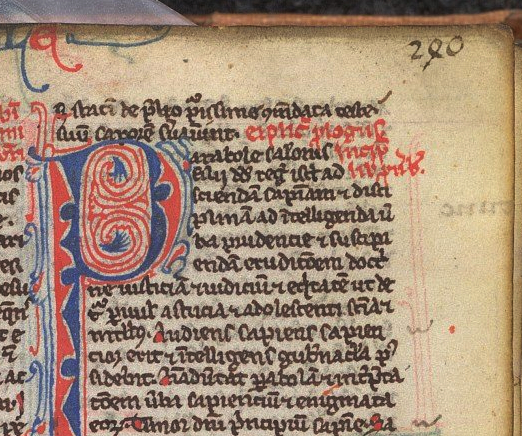

Each section of Flowers in Medieval Manuscripts includes relevant details of the manuscripts from which the illustrations are taken, and the concluding section discusses manuscript production in relation to these margins. The vibrant colours of medieval manuscripts have their origin in the plants, animals, and minerals of the natural world. From intriguingly detailed illustrations to random doodles, the drawings and other marks made along the edges of pages in medieval manuscripts-called marginalia-are not just peripheral matters. Sarah Kay s interests in this book are, first, to examine how medieval bestiaries depict and challenge the boundary between humans and other animals and second, to register the effects on readers of bestiaries by the simple fact that. She also followed training in antique furniture restoration. Among most famous manuscripts are Ashmole Bestiary ( is a late 12th or early 13th century English illuminated manuscript ).
#DOES G EVER LOOK LIKE A 5 IN MEDIEVAL MANUSCRIPTS DOWNLOAD#
Download Ebook The Grand Medieval Bestiary Animals In Illuminated Manuscripts The selection includes a number of creatures that would now be considered fantastic, including the griffin, the manticore, and of course the fabled unicorn, tamable only by a gentle maiden. The practice, however, was especially popular between the 13 th and 15 th centuries. Its flesh was sometimes pierced by a spear, recalling the Passion of Jesus. This special publication is an essential volume for Harry Potter fans, history buffs, and bibliophiles, and a fascinating exploration of the history of the magic at the heart of the Harry Potter stories. The animal sometimes wears a crown or a halo around its head. Marginalia could reflect, mirror, or expand the main illustration of a text page.

What were medieval illuminated manuscript? This is shown through the linework. She holds an MA and BA in Art History and Archaeology from the Catholic University of Louvain (UCL), Belgium. this book the grand medieval bestiary animals in illuminated mcripts is additionally useful. Most medieval bindings were made out of animal skin-usually it was a calf or pig who involuntarily ended up protecting the manuscript. much like a contemporary encyclopedic source. An engaging and informative survey of medieval pet keeping which also examines their representation in art and literature.


 0 kommentar(er)
0 kommentar(er)
